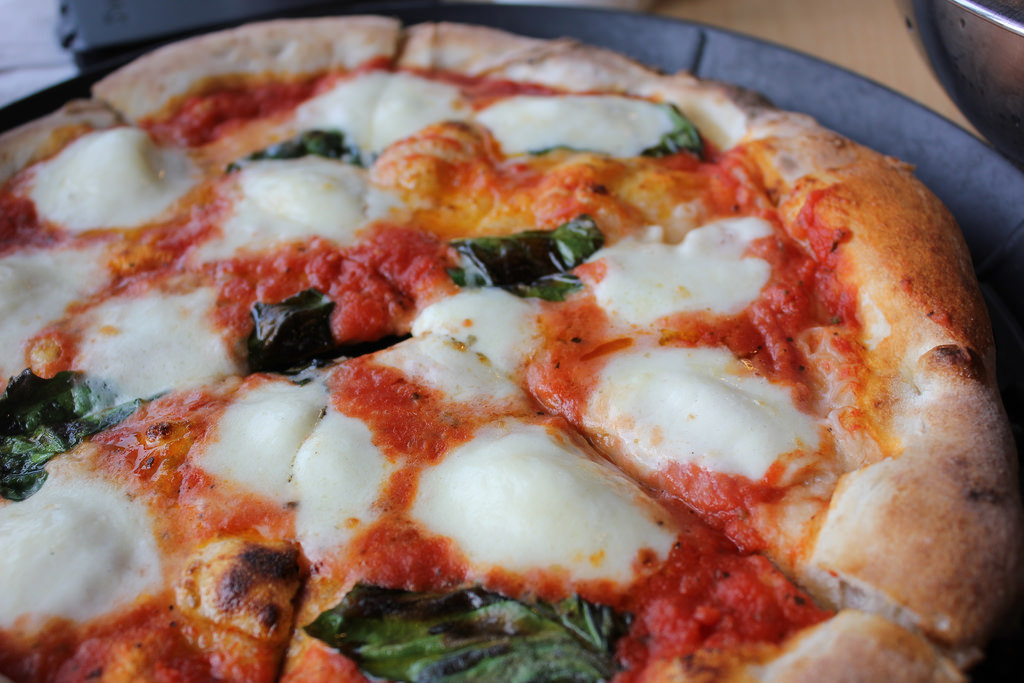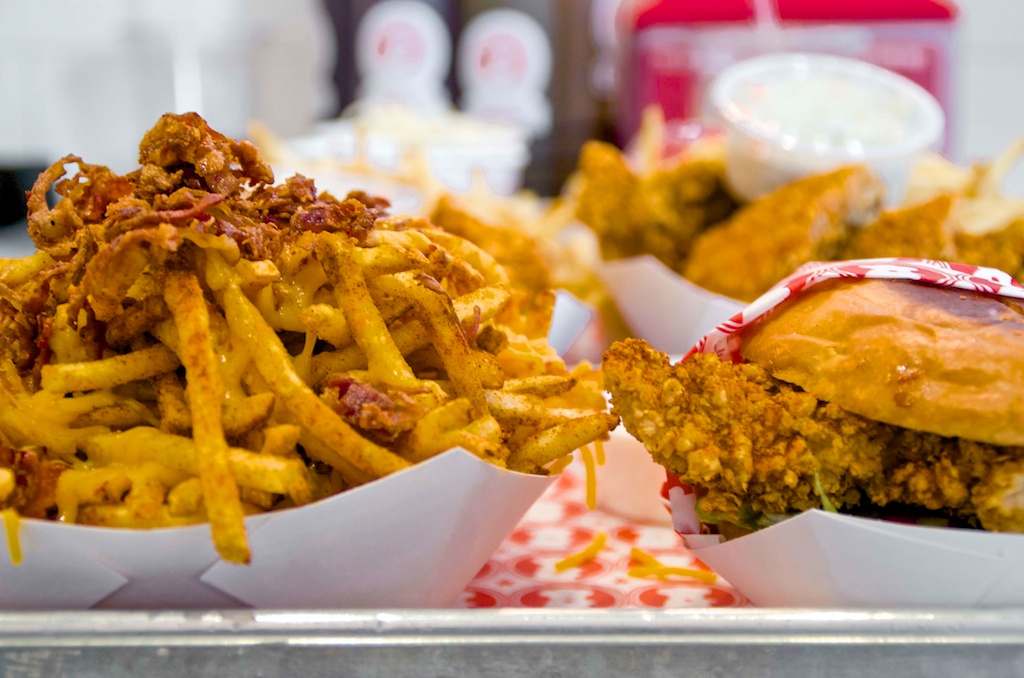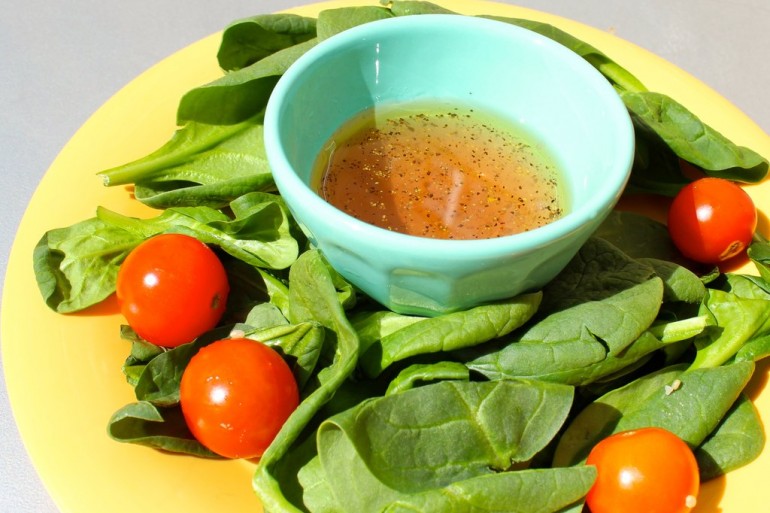More and more often you hear about people being allergic to gluten or having celiac disease. Sometimes, you’ll even hear about people who are trying the gluten-free diet in order to lose weight or eat healthier. Having severe celiac disease myself, I am extremely familiar with the do’s and don’t’s of being 100% gluten-free. Whether someone is trying the diet for fun or has developed an intolerance, here are a few tips about being gluten-free that may help a friend, a family member or even you.

Photo by Alex Weiner
1. The basics: Stay away from pasta, pizza, bread and oats. This is the general rule that you must follow in order to stay gluten-free. This includes: sandwiches, oatmeal, calzones, cake, cookies, brownies, crackers, pretzels and anything with the word ‘wheat’ in it. Don’t forget that there are now tons of gluten-free products that can fill in for these wheat-based products.

Photo by Becky Hughes
2. Fried foods: These can get a little tricky. The no-go’s are fried fish, fried chicken, calamari, onion rings and sometimes even fries. Fries are potatoes so technically they should be ok; however, for the sensitive peeps like myself, fries that are fried in the same fryer as breaded products are not gluten-free. This is called cross contamination, which means that your food is potentially being contaminated with gluten.

Photo by Katie Walsh
3. Modified food starch: This is one of those random ingredients that you don’t know what it means or what it does, but it’s in a lot of stuff. Unfortunately, it’s a form of gluten if it’s made from wheat. Most of the time the ingredients list does not specify “from wheat” or “from corn,” so your best bet is to stay away. It can be in all sorts of things like orange soda, cheese, salad dressing, gravy and jelly beans.
Bottom line: The more natural, the better. Check every ingredient on the list before eating something packaged, and when you’re out to dinner, don’t feel bad about interrogating the waiter, manager or chef about what is in the food and how it is prepared. Better safe than sorry, right?
Like this article? Check out these related posts:

